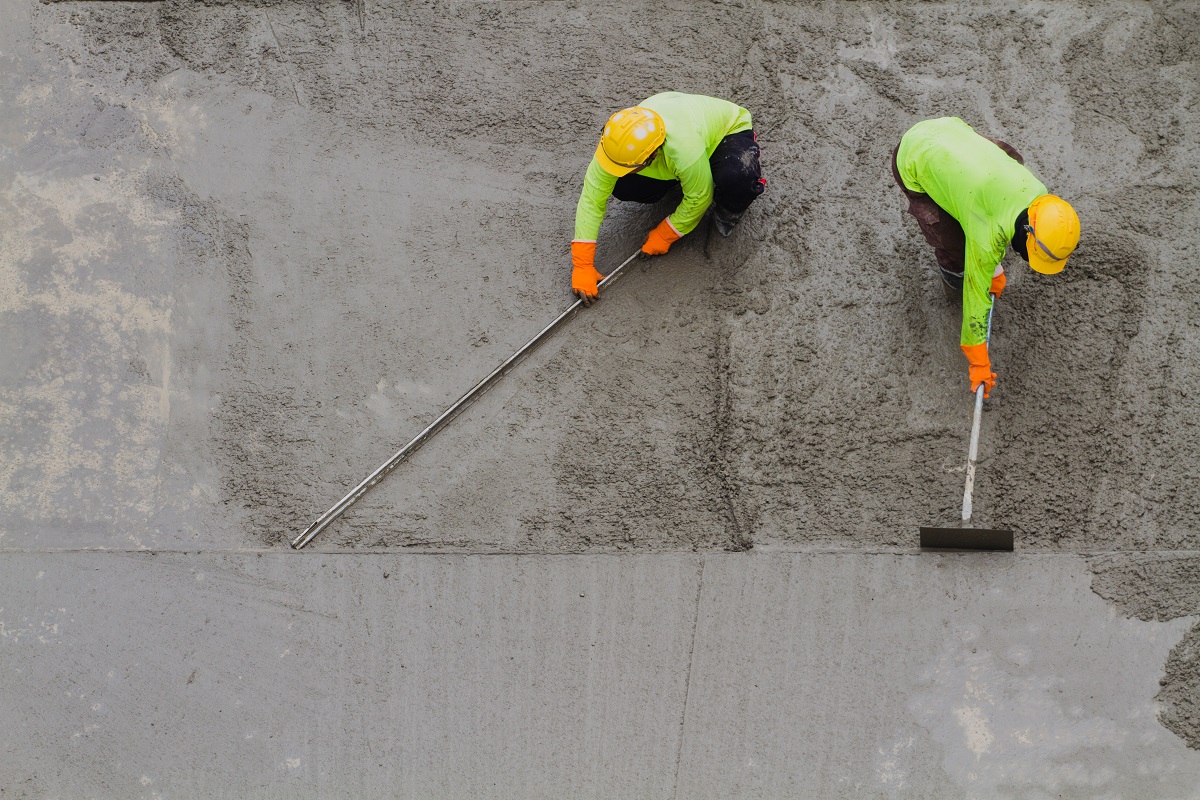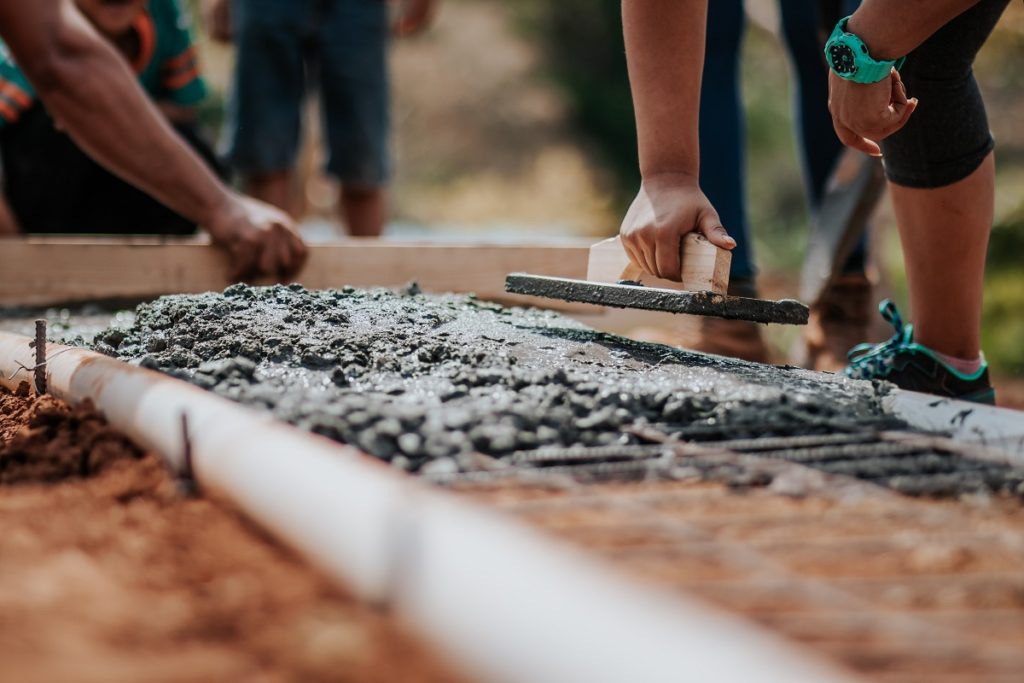Concrete is integral in the building of communities and the development of urban cities. But before concrete and steel became the dominant building materials, the world of architecture and construction consisted of using wood, thatch, adobe, and cave dwellings. We’ve come a long way from those times. Today, skyrocketing buildings almost touch the skies. People get a stiff neck from having to try to see the rooftop. And those at the rooftop feel like they’re on top of the world. This was possible because of concrete and steel.
But that doesn’t mean that there is no argument over which is better between these two. Steel is widely considered to be the better of the two materials. But since about two decades ago, concrete materials have primarily been seen as the more cost-efficient, eco-friendly, and versatile building option. It is also generally safer to work with and in most cases, is more durable than steel (just look at the World Trade Center whose steel foundation melted because of jet-fueled fires).
Strong, Durable, and Low-maintenance
Concrete will last lifetimes. In fact, it grows stronger over time. Concrete can last for more than 100 years, so it actually reduces the need for reconstruction. Sure, you might need to seal gaps and cracks from time to time, but that’s an exception more than a rule. You will see buildings made of concrete still standing today. Implosive devices are being used to demolish concrete buildings. That’s how strong this building material is.
It doesn’t rust, burn, or rot. Have you seen a building eaten by fire? Some of the walls still remain standing even after a big fire. Concrete itself is resistant to water, vibrations, wind, fire, and earthquakes. In terms of extreme weather conditions, concrete is the strongest building material.
Low Carbon Footprint
Often locally sourced, concrete requires minimal energy to produce and transport to construction sites. Fewer fossil fuels are being burned because of reduced transportation needs. At the end of its lifespan, concrete can be broken down into pieces and recycled. Although a new concrete building does not use recycled concrete, it can still be useful in other parts of the construction process.
This makes concrete the lowest carbon building material. Remember that new technologies make concrete even more environmentally sustainable. Carbonated cement, for example, is cured using carbon dioxide rather than water. Other industry innovations made concrete the most practical building material to date.

Cost
Generally, prices of construction and building materials increase. That is not a surprise considering the higher demand and inflation rate. But when you think about it, the cost of ready-mix concrete is still stable. Despite the fluctuating costs of building materials and the increases in others, cement has a steadier price level.
As a result, investors choose reinforced concrete for office buildings and residential because they understand the longevity that it offers. Structural-wise, this has more integrity and can prevent untoward accidents that cost tens of thousands of dollars. Although reinforced concrete has a pricier upfront cost, the return on investment more than makes up for the difference.
Availability
Cement, the binding ingredient for concrete, is more commonly available than other building materials like steel. Even with the rapid infrastructure projects in countries like China, concrete remains a viable option for construction sites all over the world. If there is a problem with the availability of supplies, it, unfortunately, affects smaller businesses that do not have direct access to cement suppliers.
It is typical for cement to be produced less than 200 kilometers from the construction site. The manufacturers use local resources. This is why cement is readily available for construction projects. It’s because it is produced locally.
Versatility
When hardened, concrete is strong and functional. It makes up walls and flooring. But before that hardened state, concrete has certain plasticity that makes it pliable and moldable. It can adapt to whatever shape, size, and texture that you want. With a molder, you can create different and interesting forms for the concrete. This is why concrete is considered to be a versatile building material. It has a host of new uses even before it becomes the hardened form most people know.
It is an understatement to say that concrete is the best building material ever. From durability to cost to availability to versatility, it is one of the most important inventions of the 19th century. It allows the rapid expansion of urban areas and provides shelter to millions of people around the world. Since it is cost-effective, investors and contractors also see eye-to-eye when it comes to its usage and importance.




